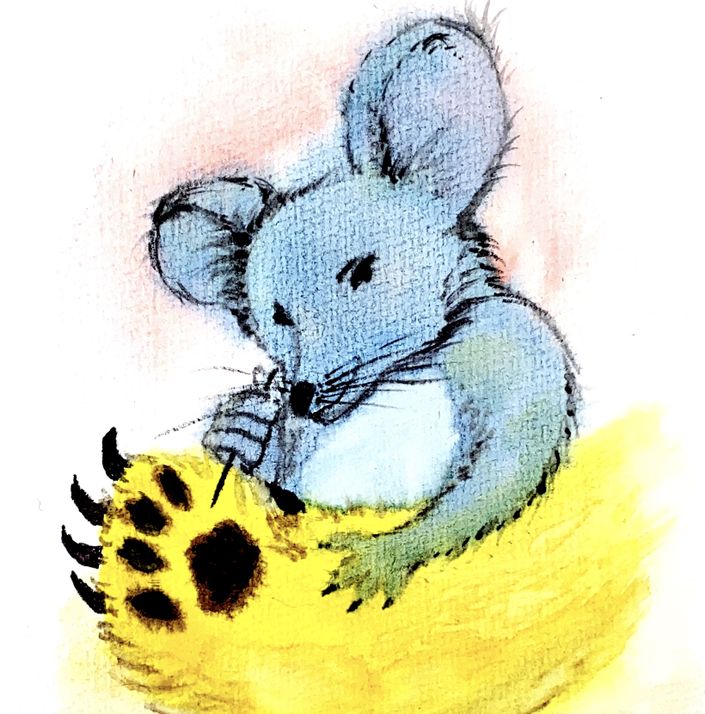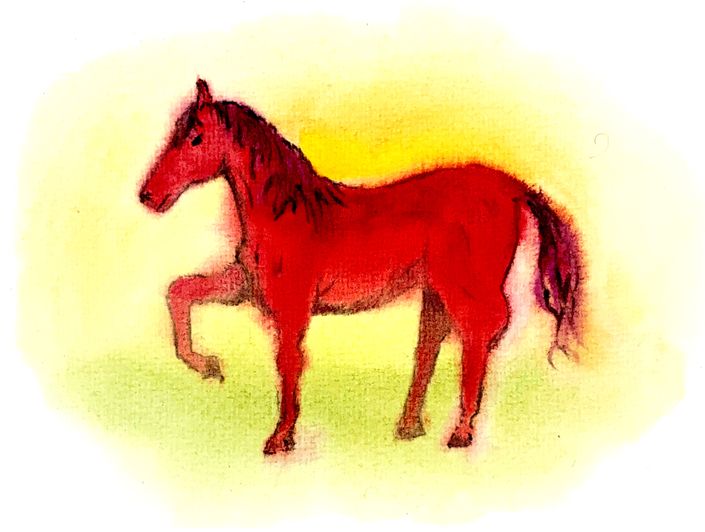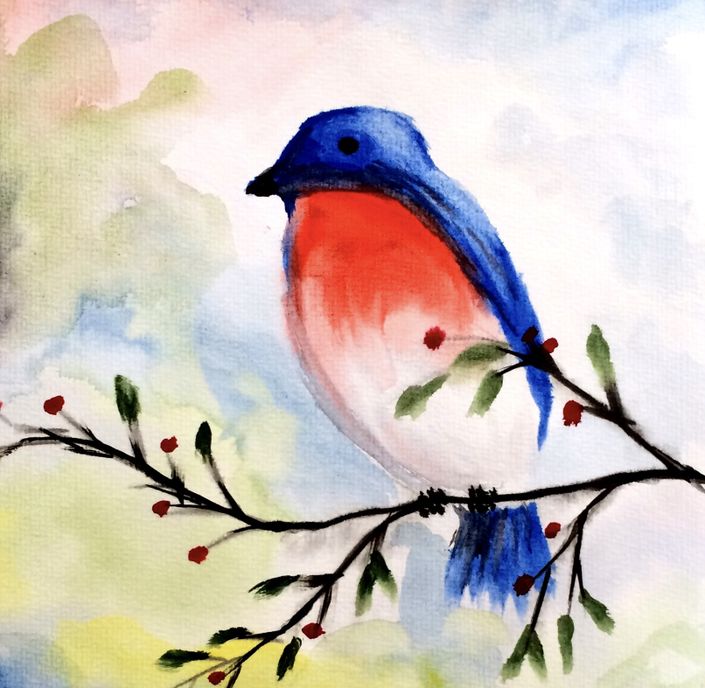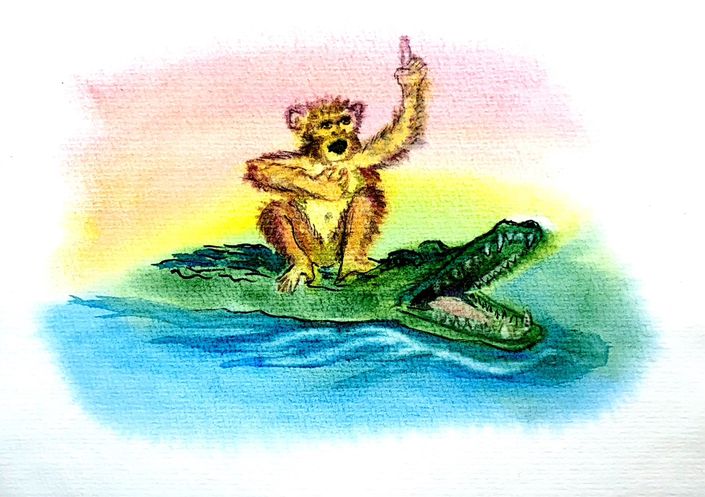
Second Grade Math
In Waldorf Education, we strive to bring our lessons out of stories and other imaginative sources. In these thirty-six lessons we will derive math activities and written work from the stories that are presented in the Second Grade Storytelling Course. Unlike the Language Arts Course, the Math Course does not utilize the artwork as much. Instead this course will demonstrate over and over the ways that we can bring mathematical activities for the students to practice working with math patterns in ways that are connected to the stories they have heard and imagined. That connection of the activities and the written work to something they have lived into gives the lessons more meaning and more enjoyability.
The ability to count forward and backward by 6's, 7's, 8's, 9's, and 12's is important to master by the end of second grade. Likewise, it is important that the year-end second grader has memorized the 1's, 2's, 3's, 4's, 5's, 10's, and 11's multiplication tables up to the first twelve multiples and that they can provide those multiples in random order when asked. Moreover, it is important to practice these as division tables as well. For example the year-end second grader should be equally comfortable saying from memory that 45 divided by 5 is 9 as they are saying from memory that 5 times 9 is 45.
With these in place, as well as the additional memorization of the 6's, 7's, 8's, 9's, and 12's multiplication tables by the end of third grade, the student will be in the optimal position to understand the fractional math of fourth grade and beyond, including decimals, percentages, and ratios that will come in fifth and sixth grades.
Fractions are expressed and calculated so differently from the previous math work that, without these tables being memorized, the difficulty of learning the new fraction processes and expressions is compounded by the lack of having the factors and multiples available as needed for smooth and fluent calculations.
So, along with these lessons, you will receive math tips and tricks specific to second grade so that you will have things to help with the practice of skills outside of main lessons.
What you will learn:
- How to use simple imaginations from stories, or other sources of your choice, to derive math lessons that will engage students with more interest and meaningfulness
- How to use "process characters" to engage students in a fun and imaginative way, encouraging them to understand the different activities of the four mathematical processes
- How to relate the four processes to one another so that the child can see the mathematical activity in different ways
- How to work with patterns to reinforce their sense of order in the world and how that order is expressed in numbers
- How to use manipulative tools (such as glass beads or objects from nature) to aid in calculations.
- How to incorporate groupings of ten's to build a thorough understanding of place values (one's, ten's, and hundred's)
- How to incorporate groupings of ten's to build a working comprehension of addition with and without carrying
- How to incorporate groupings of ten's to build a working comprehension of subtraction with and without borrowing
What you will receive:
- 36 Video Math Lessons--complete math lessons (derived from the 36 stories presented in 2nd Grade Storytelling).
- Explanations for how to adjust these lessons to the abilities of the students
- A complete list of Second Grade Math Goals from Simply Waldorf
- A complete Second Grade Year Block Rotation--this can be used as a guideline or simply as an example. It will help you understand how the math and language arts blocks fit together over the course of a school year.
- Additional resources, video and PDF articles, to deepen your understanding of the course and of Waldorf education
What you will need:
- Block crayons
- Colored Pencils
- At least 100 small objects, such as glass beads or pebbles for counting and using in problems
- At least ten small bags or similar container, each able to hold ten of the small counting objects
- Drawing paper
Course Curriculum
- Lesson One: Bat and Weasel Math Lesson (10:12)
- Lesson Two: Hare and Tortoise Math Lesson (6:31)
- Lesson Three: Servant and Lion (15:31)
- Lesson Four: Donkey's Burdens (10:59)
- Lesson Five: Donkey's Burdens Pt.2 (9:09)
- Lesson Six: The Astronomer (10:03)
- Lesson Seven: Two Roosters (11:10)
- Lesson Eight: Rooster, Donkey, and Lion (14:34)
- Lesson Nine: Fox and Grapes (11:54)
- Lesson Ten: Vengeful Farmer (9:33)
- Lesson Eleven: The War-Horse (12:02)
- Lesson Twelve: Foolish Shepherd (6:31)
- Lesson Thirteen: Donkey in Lion's Skin (14:49)
- Lesson Fourteen: Goose That Laid Golden Eggs (15:57)
- Lesson Fifteen: The Milkmaid (14:35)
- Lesson Sixteen: Fox and Crow (12:58)
- Lesson Seventeen: Peacock and Juno (7:49)
- Lesson Eighteen: Olive Tree and Fig Tree (12:24)
- Lesson Nineteen: George and the Dragon (9:07)
- Lesson Twenty: Jerome and Brother Lion (8:31)
- Lesson Twenty-One: Francis Falls in Love (8:33)
- Lesson Twenty-Two: Francis Talks to Animals (7:55)
- Lesson Twenty-Three: Roses for Sister Clare (7:00)
- Lesson Twenty-Four: Martin's Cloak (6:11)
- Lesson Twenty-Five: Martin and the Robbers (8:09)
- Lesson Twenty-Six: Martin's Monastery (11:13)
- Lesson Twenty-Seven: Elizabeth's Roses Pt 1 (8:24)
- Lesson Twenty-Eight: Elizabeth's Roses Pt 2 (10:01)
- Lesson Twenty-Nine: Odilia's Light (12:35)
- Lesson Thirty: Agnes Walks Through Fire (6:51)
- Lesson Thirty-One: Brigid's Journey (11:11)
- Lesson Thirty-Two: Veronica's Cloth (6:52)
Featured Second Grade Courses
You also might be interested in our other Second Grade Courses or consider our core course bundle which includes Second Grade Stories, Second Grade Math, Second Grade Language Arts and a bonus course, Second Grade Handwriting Development.
First Grade Core Bundle
Our bundle includes Second Grade Stories, Second Grade Language Arts, Second Grade Math, and a bonus course, Second Grade Handwriting Development.




